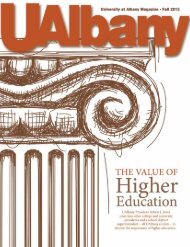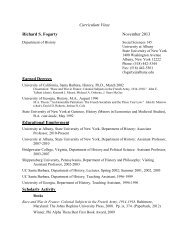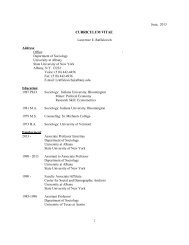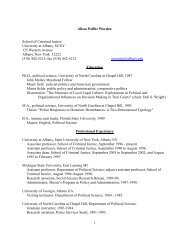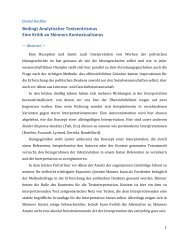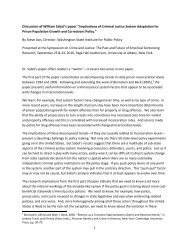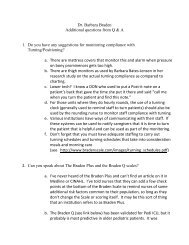Walking Corpses & Conscious Plants: Possibilist Ecologies in ...
Walking Corpses & Conscious Plants: Possibilist Ecologies in ...
Walking Corpses & Conscious Plants: Possibilist Ecologies in ...
Create successful ePaper yourself
Turn your PDF publications into a flip-book with our unique Google optimized e-Paper software.
B<strong>in</strong>gham 127<br />
resemblance, their composition disallows the possibility that they could function as a<br />
person's correspond<strong>in</strong>g organs would: “But human lungs have t<strong>in</strong>y capillary tubes that let<br />
oxygen pass through <strong>in</strong>to the blood, that's what lungs are for. These vegetable fibers are<br />
too coarse to allow molecules of oxygen through <strong>in</strong> that way. These th<strong>in</strong>gs suck and<br />
blow...and they don't do anyth<strong>in</strong>g else. They don't work. They're not lungs.” (Saga 19<br />
panels 2 & 3). If the be<strong>in</strong>g who has been the focus of the entire narrative <strong>in</strong>vestigation up<br />
to this po<strong>in</strong>t has never been human, what is the significance of this creature's natural<br />
tendency to copy a pattern of growth similar to the development of the human body?<br />
Evolution, <strong>in</strong> a Darw<strong>in</strong>ian sense, seems to be challenged s<strong>in</strong>ce two separate species, one<br />
plant and the other human, have become conflated. This process of development, which<br />
differs from readers' ideas concern<strong>in</strong>g the theory, has become accelerated as a result of<br />
both human <strong>in</strong>terference and chaotic accident. In a strange twist, an extension of nature,<br />
typically romanticized as a pure or ideal state, is attempt<strong>in</strong>g to morph itself <strong>in</strong>to the<br />
human form. Here Moore suggests that commonality exists between both people and<br />
plants. S<strong>in</strong>ce Swamp Th<strong>in</strong>g's plant body is mimick<strong>in</strong>g human anatomy, it only seems<br />
appropriate for readers to expect that he will be treated with a body ethic equivalent to the<br />
respect idealized <strong>in</strong> <strong>in</strong>terpersonal relationships. Moreover, the Swamp Th<strong>in</strong>g’s attempt to<br />
mimic human anatomy also strengthens the affect readers feel when see<strong>in</strong>g him be<strong>in</strong>g<br />
subjected to violent bodily experimentation; these details move readers to sympathize<br />
with the creature’s victimization <strong>in</strong> a more powerful and emotional manner. Up until this<br />
moment the protagonist has been believed to have been dead; once readers realize he is<br />
not, their perception about what is be<strong>in</strong>g done to his body without his knowledge or<br />
consent cannot rema<strong>in</strong> unchanged.



